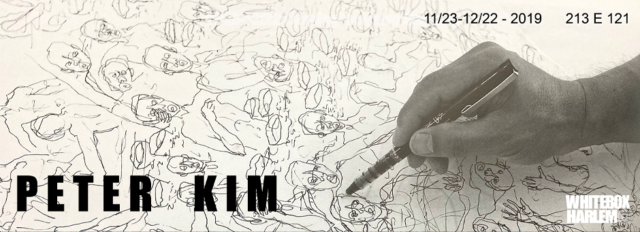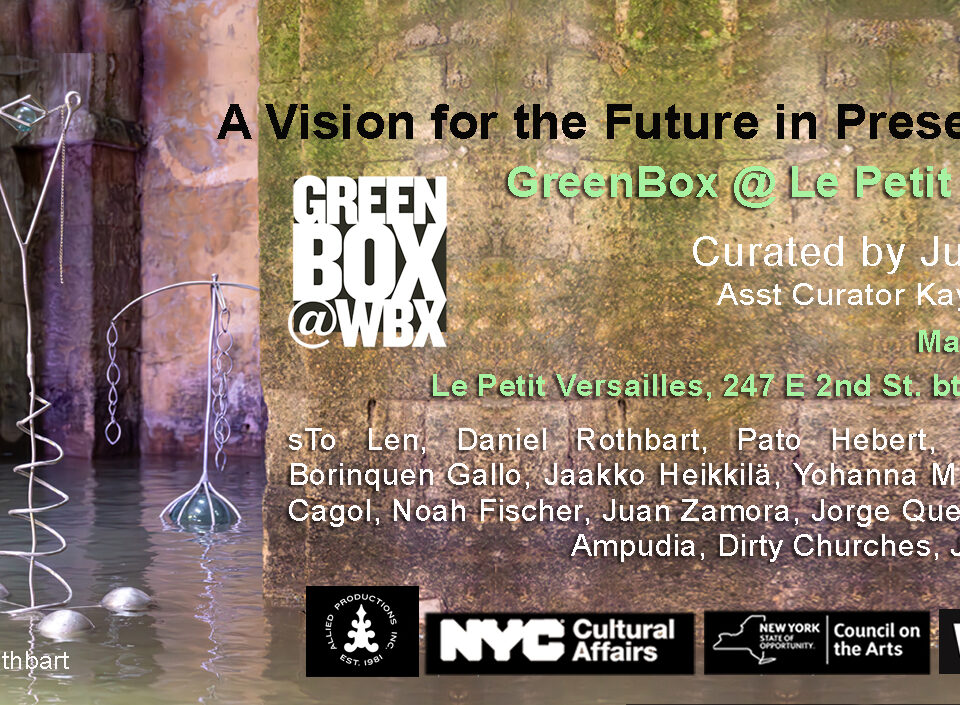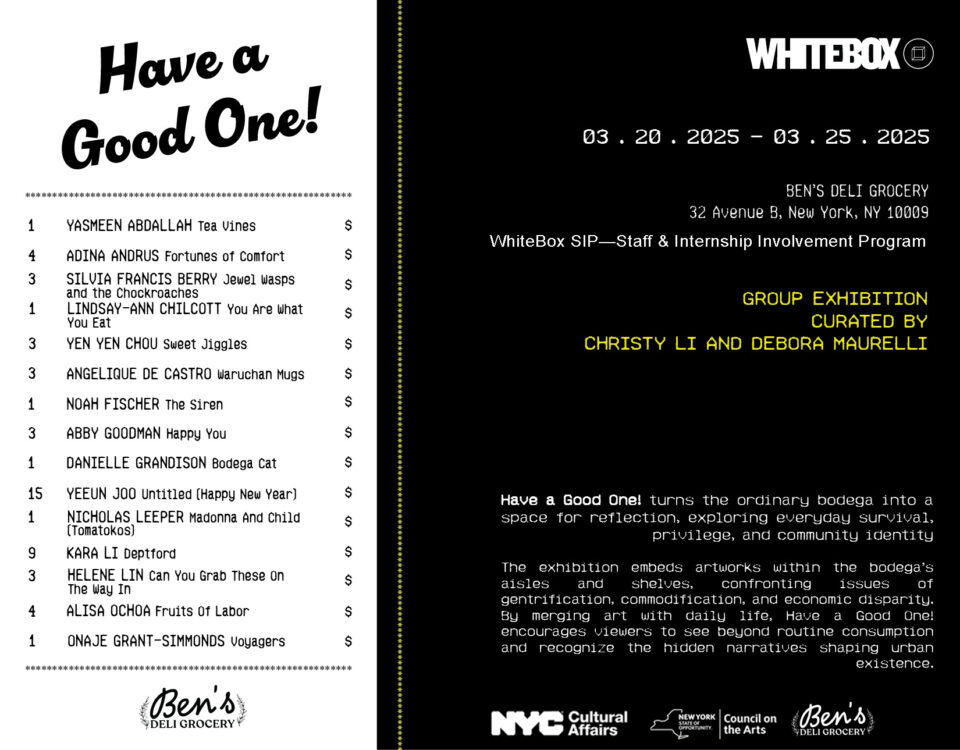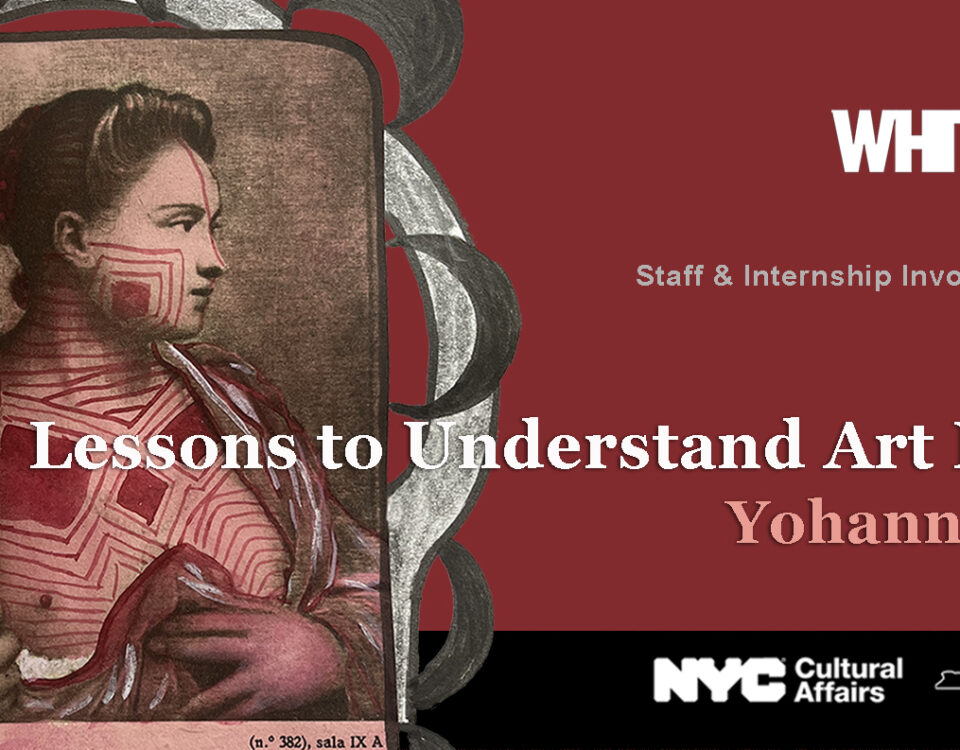wbxtv: Performa19 Luca Veggetti
November 20, 2019Peter Kim – A Present with No Return
November 27, 2019PETER KIM
Curated by Juan Puntes
Organized by Kyoko Sato
November 23 – December 22, 2020
A peaceful spring artist residency in Yucatan. That was it. Or so it was supposed to be. Yet, it was without acknowledging that Peter Kim is Korean, nor that Yucatan is not Mexico. Indeed, the Korean artist had set foot in Merida with the strong intention to focus his residency on the possible links and the true differences between the Incas and the Mayas. A substantial project in itself. To him, Yucatan was much more South than Central America. On that matter, Peter was quite right. Although part of the Mexican federation, Yucatan is know to be its ¨sister republic¨, with its own odd ways of tricking your intentions and paths. So while preparing his stay, Peter had his plan. Canvas and paints were shipped from New York. Once on the ground archeological artifacts would play their role… And the artist would recreate the boundaries of ancient civilizations. Crossing lines with the power of his art. He had it all planned in advance.
That was before discovering the amazing story of the freighter Ilford that had arrived in Progreso, Yucatan on May 15, 1905 with 1033 Koreans on board. Escaping the Japanese invasion, those people had been told they would get well paid jobs and a possible visa to the USA. Instead, they became slaves of 25 hacienda owners in remote sisal plantations under the dry sun, with barely any food or water… One hundred and twelve years later, Peter´s crates loaded with brushes, paint, canvas, material, were held in custody on the boiling tarmac of Merida International Airport for weeks on end.
Now he could not work as planned. Spring turning into hot summer faster than one could imagine, he felt like one of those Korean immigrants disembarking the Ilford. Suddenly deprived of his tools, he could not accept to remain dried up. He felt as naked as the 1033. He started to draw them drowning into oceans of henequen cacti. Naked people back into a state of nature. Far away from Human Rights, slaves in heaven. Unbearable situation. Stunned by their fate, lost in translation as they could not complain, they remained mute, holding tight to their empty vessel: that very same on all Korean mothers would offer to the divinities. Time had stopped into one and only season, unable to remember Korea´s lovely four seasons. It is said Yucatan has only two seasons: hot and hotter! Those were simply seasons in hell. People becoming totally invisible beneath the weight of work. Individual human beings coalescing into a shapeless mass. No past, no future and not even a day to day to live through. A total loss that Peter was suddenly willing to bring back to life through his art.
After studying and exhibiting all over Europe and Asia, Peter Kim was now somewhere on the American continent, but far away from the USA. Maybe he wondered: Are Argentina’s pampas far from the Yucatan Peninsula? As in Merida, Yucatan, he seems to have silently followed Lucio Fontana’s first years in Rosario, Argentina where, in 1946, the famous artist wrote the White Manifesto* leading to “Spatialism”. Peter was clearly walking that very same meandering path, synthesizing color, sound, space, movement and time into one complex body of work of bright green, pink and blue threads. An urge, a need, a flow that would hatch in 3D installations and emerge out of his paintings, virtually coming to light in a very cosmic approach. A perfectly controlled whole body of work including mixed media paintings alongside a series of Ariadne’s threads hung from the ceiling like sisal fibers.
Peter embraced these 1033 Koreans as if they were part of himself. As an artist, he could not let those people down. His search for the links between the ancient Maya and Inca civilizations had been deviated to the connection between those Koreans and the Maya country.
Leila Voight, 2017
Curator, Centro Cultural la Cúpula — Mérida, Yucatán, México




